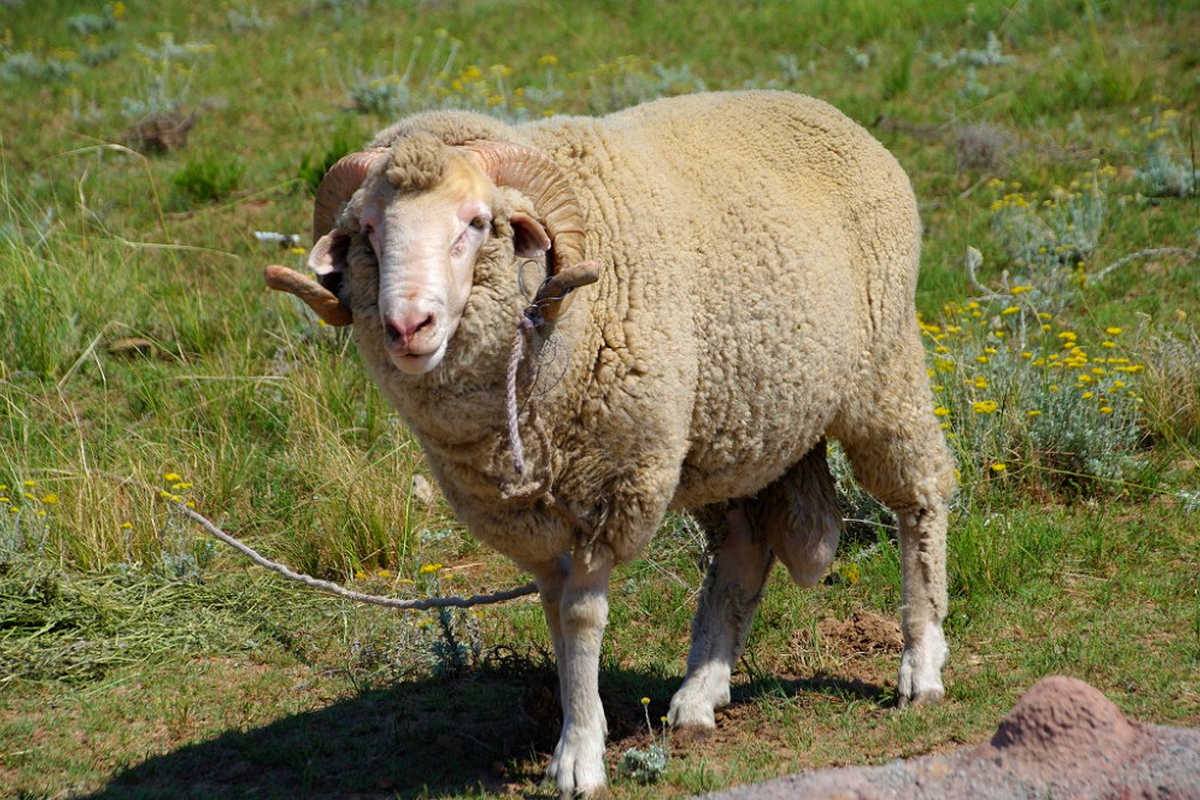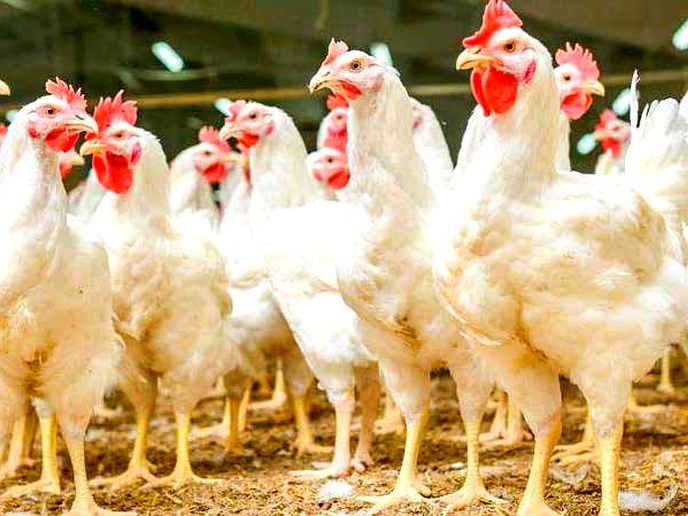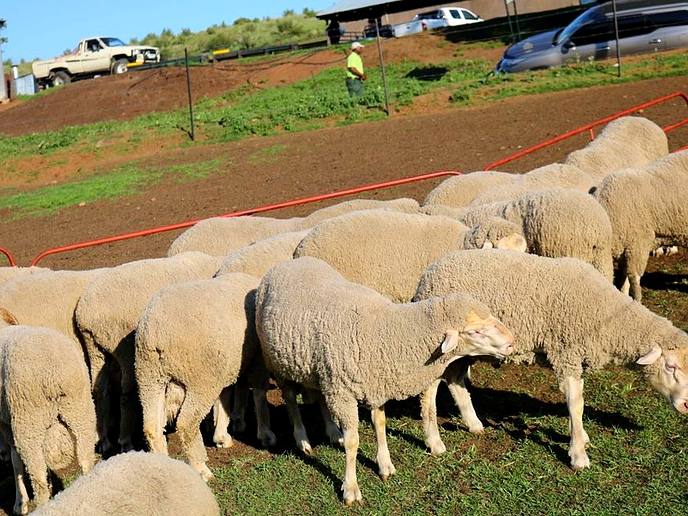SHENANIGANS in the multi-million maloti wool and mohair industry continue, leaving the Ministry of Small Business, Cooperatives and Marketing frustrated, with no options but to inspect the processes towards the offering of brokering licenses to holders.
business
Oct. 30, 2020
NEO SENOKO
3 min read
Wool, mohair shenanigans continue

The frustration became apparent last week when the ministry announced the suspension of Maseru Dawning Trading Company’s brokering license after failing to pay wool and mohair farmers’ wages dating back to 2018.
But there is no database in place regarding how many farmers have not been paid and the sums owed.
More brokers could face similar fate as that of Maseru Dawning, as the ministry will soon be knocking on their doors, to determine the legality into awarding of their brokering licenses.
The ministry is therefore calling for a revisit of the law and inclusion of clauses that would force investors to partner with Basotho and transfer skills and capacity building to create space for continuity.
“We are coming for all these other brokers immediately after the districts tours that are currently going on,” said the Principal Secretary (PS) in the Ministry of Small Business, Tankiso Phapano.
Wool and mohair form the bedrock of Lesotho’s economy, with producers ranging from small-hold farmers with micro-flocks, to breeders of superior gene-quality animals who manage larger flocks.
According to the Lesotho Mohair Primary Production Research report of 2019, the industry has grown, with the country having an estimated peak of 845 000 goats in 2001, with the average goat yielding approximately 0.97 kilograms of mohair.
Between 1990 and 2009, Lesotho’s primary production increased by 25 per cent as compared to other leading fibre-producing countries such as the United States, which declined by 93.2 per cent, and South Africa, which went down by 74.3 per cent in the same period.
Enjoy our daily newsletter from today
Access exclusive newsletters, along with previews of new media releases.
This whilst the market-share in the primary production of mohair increased from 7.3 per cent in 2000 to 14.3 per cent in 2009, entrenching Lesotho as the second largest producer of mohair in the world.
The figures demonstrate that the primary production sub-sector of the value chain has grown rapidly year on year, contributing to the growth of the overall economy of Lesotho.
In the financial year 2012/2013, Lesotho is believed to have exported more than M3 million kilograms of wool and mohair at a gross turnover of nearly M209 million.
But things have not been the same since the opening of the Lesotho Wool Centre (LWC) run by a Chinese businessperson, Stone Shi, owner of Maseru Dawning.
The two South African broker companies OVK and BKB were then denied licenses to continue trading in Lesotho. This was after the passing of the Agricultural Marketing (Wool and Mohair) regulations of 2018.
The regulations prohibited farmers from trading outside the country and forced them to take their produce to the Thaba-Bosiu Wool Centre.
However, the regulations were amended in 2019 allowing farmers to trade anywhere they want.






